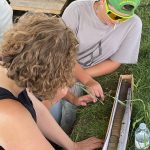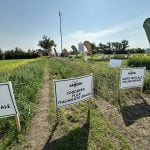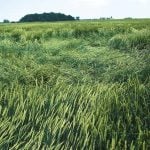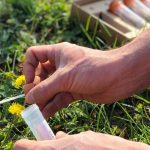
Tag Archives soil testing

Soil sampling for Prairie farmers: How to test for nutrients and avoid common mistakes
Agronomy Management: Take representative soil samples, choose the right depths, analyze key nutrients

Benchmarking soil health in Alberta
Researchers at the Chinook Applied Research Association’s Soil Health Lab have adapted a soil health assessment from Cornell University to evaluate Alberta soils

Measuring the components of healthy soil in Alberta
Part 1 of 2: Soil health more than just its chemical properties, according to the Alberta Soil Health Benchmark Report

Farmers weigh strategies to boost soils’ water-holding capacity
At Ag in Motion, experts discuss soil texture, organic matter and amendments

Why crops lodge: a crop-by-crop discussion
Practical Research: Stormy summer weather is one thing, but lodging in a moist, calm growing season is something else

Demystifying biological inputs
A new partnership brings science-based field data to ag input listings to help growers sort fact from fiction

Taking the mystery out of soil and tissue tests
Agronomists and soil scientists describe the differences between various tests

Soil health benchmarking survey in Alberta
Researchers at the Chinook Applied Research Association’s Soil Health Lab have adapted a soil health assessment from Cornell University to evaluate Alberta soils

Soil pH levels can help make seeding decisions
The pH scale is exponential, so small changes in pH mean big shifts in acidity or alkalinity

Understanding phosphorus, part 3: Developing fertilizer recommendations
Agronomy Management: It’s important to have adequate P close to the seed during the first six weeks of growth


